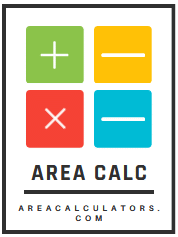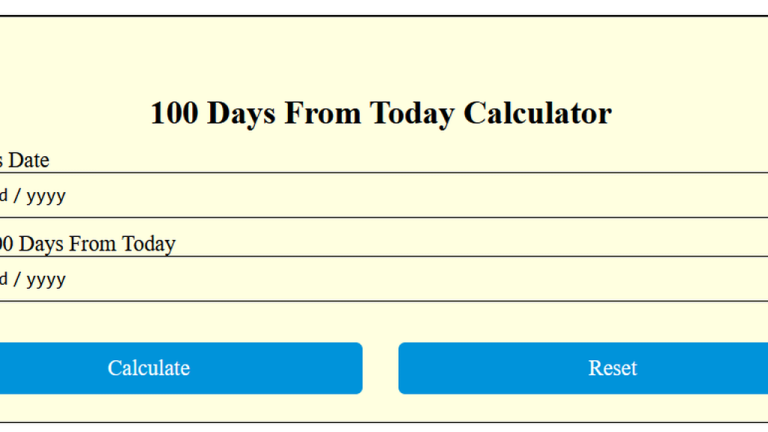Bead Calculator
Multiply the bead row length by 10 and divide by the bead width to find the bead count.
The Bead Calculator is a useful tool for estimating the number of beads required for various projects, including jewelry, crafts, and beading designs. It simplifies calculations based on bead dimensions, row length, and desired spacing, ensuring precise material planning for creative endeavors.
Formula
B = (BRL ∗ 10) / BW
| Variable | Definition |
|---|---|
| B | Bead Count |
| BRL | Bead Row Length (inches) |
| BW | Bead Width (inches) |
Solved Calculations
Example 1: Bead Row Length: 15 inches, Bead Width: 0.3 inches.
| Variable | Value |
|---|---|
| Bead Row Length (BRL) | 15 inches |
| Bead Width (BW) | 0.3 inches |
| Bead Count (B) | 500 beads |
Example 2: Bead Row Length: 10 inches, Bead Width: 0.2 inches.
| Variable | Value |
|---|---|
| Bead Row Length (BRL) | 10 inches |
| Bead Width (BW) | 0.2 inches |
| Bead Count (B) | 500 beads |
What is Bead Calculator?
The Bead Calculator is an intuitive tool that helps in estimating the number, size, or arrangement of beads for various purposes, such as jewelry making, craft projects, or industrial applications.
Whether you’re planning a bracelet, calculating bead volume, or determining materials for decorative panels, this calculator simplifies the process.
For instance, it is frequently used in jewelry design to calculate pony bead quantities, estimate ferrite bead requirements, or find the volume of a bead for scientific or decorative purposes.
Craft enthusiasts can explore options like the beadboard calculator or string and bead calculator for accurate measurements in their projects.
The tool is also available in formats like bead calculator apps or online platforms for added convenience.
Professionals in construction may use calculators for beaded paneling or bead and batten calculations to optimize material use. Historical references include tools like the Chinese bead calculator, showcasing its versatility across domains.
Final Words:
To sum up, the Bead Calculator is a versatile resource, ideal for craftspeople, designers, and industrial users alike. It ensures precision and efficiency in bead-related planning and calculations.



